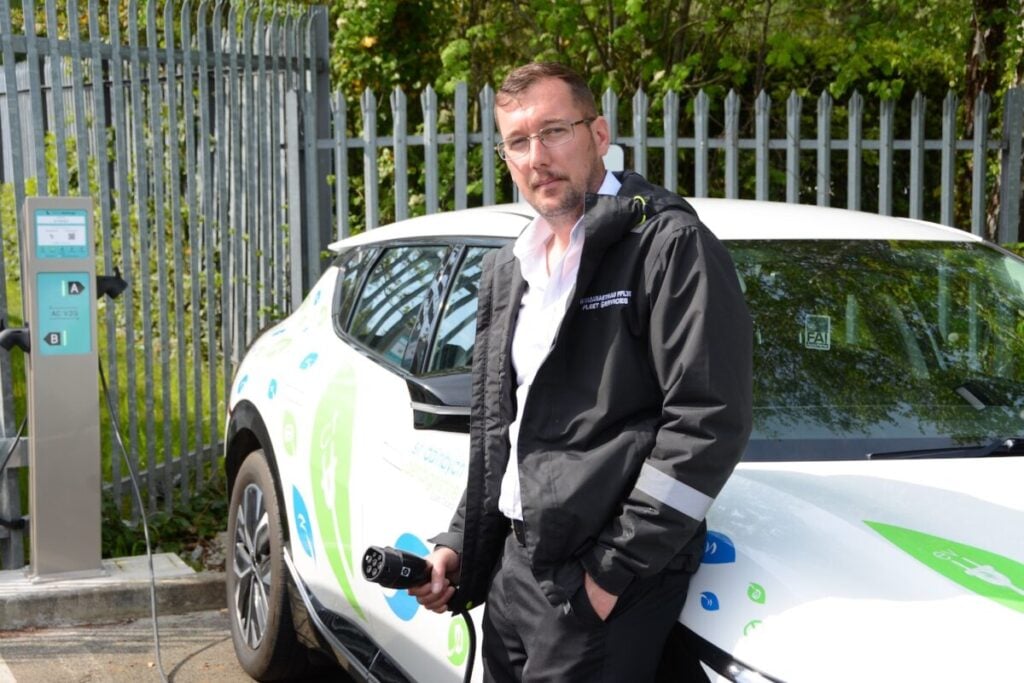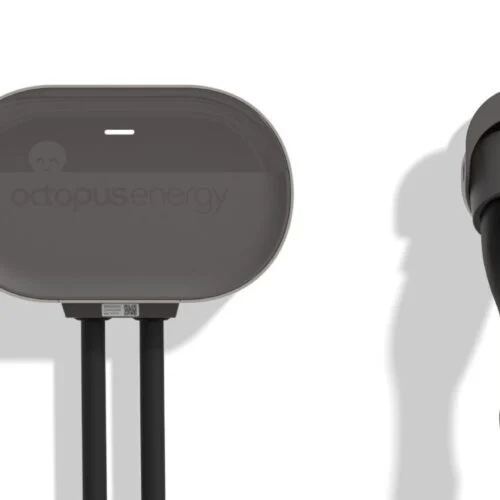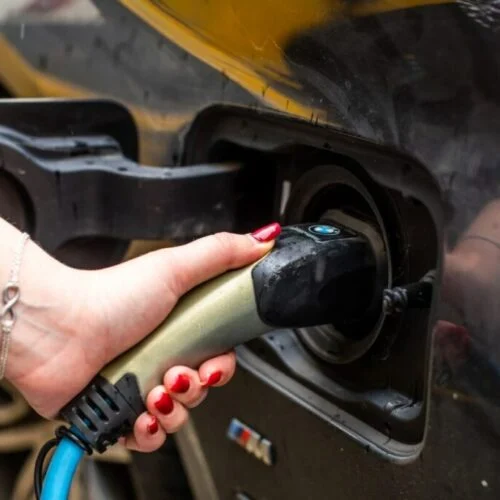Denbighshire County Council has installed a vehicle to grid (V2G) capable alternating current (AC) EV charger at its fleet depot.
The installation, which purports to be ‘one of the first’, is part of the V2VNY (Vehicle 2 Volume eNergy Yield) project, trialling lower cost V2G chargers. AC chargers are typically more affordable to install and operate.
Most home and workplace chargers use an AC current, which is how the grid transports electricity, and the EV’s onboard charger converts it to DC, to be stored in the EV battery. This is generally a slower process than the increasingly popular DC charging, which is installed at public chargepoints that offer rapid and ultra-rapid charging.
The V2VNY project is led by Hangar19, a UK-based independent engineering company focused on electric vehicle supply equipment (EVSE), in partnership with CrowdCharge and DriveElectric.
Hangar13 is providing its multi-socket AC bidirectional charger, which it claims is the first on the market.
Other partners include Electric Corby, a not-for-profit Community Interest Company (CIC), Oxfordshire County Council, Grid Beyond and Jaguar Land Rover (JLR). JLR is providing prototype EVs for the trial.
The trial intends to demonstrate a commercially viable way for fleet owners, businesses and EV drivers to use V2G to reduce costs while reducing load on the electricity grid.
V2G offers a way to store energy generated by renewable power systems and supply it back to the grid at peak times, using EV batteries as mobile battery storage units.
Denbighshire County Council’s Fleet Services Centre uses electricity generated by onsite solar PV, storing excess in a battery energy storage system (BESS).
It will add a Kia EV6 electric car with vehicle to load (V2L) capability to its fleet of over 100 EVs. According to the council, the EV6 has performed “faultlessly”, even using the V2L function to charge other EVs.
Fleet mobility lead officer for Denighshire County Council Martin Griffiths said the scheme offers the council “the potential to reduce reliance on the grid even further, providing greater resilience if there was a problem with the UK’s electricity network.”
Making V2G technology cheaper
Historically, V2G has utilised DC charging technology, as seen on the Nissan LEAF, which uses the CHAdeMO standard. However, EVs are increasingly manufactured to use combined charging system (CCS) charging technology, which supports both AC and DC charging.
By using AC bidirectional technology, the V2VNY solution is more efficient at low power and thus more suited to use in a workplace or domestic setting, as well as meaning much lower costs.
The V2VNY Phase 2 project, part of the V2X Innovation Programme, is funded by the Department for Energy Security and Net Zero (DESNZ) and delivered by Innovate UK. The V2X Innovation Programme is part of the up to £65m Flexibility Innovation Programme, funded from the £1 billion Net Zero Innovation Portfolio.
The V2VNY project was first awarded government funding in December 2023 to demonstrate its 3-socket bidirectional charger.






